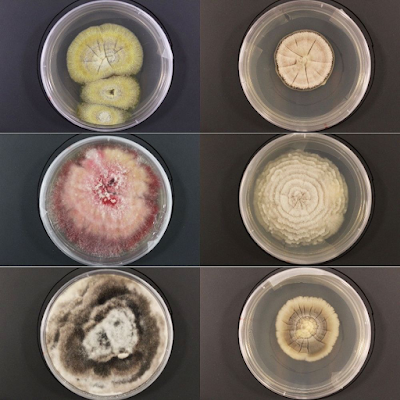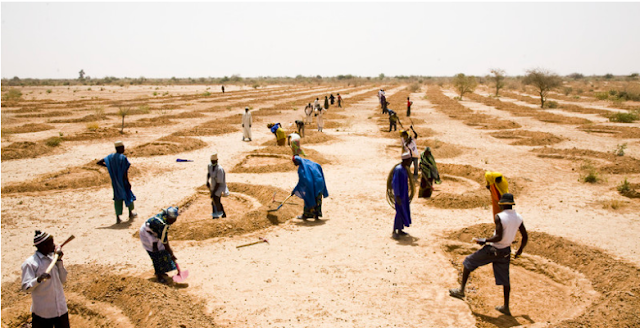Microbial Seed Treatments - The Future?
Microbial seed
treatments are mainly used for crop stress tolerance and increasing yields.
Microbes:
Microbes are
bacteria, fungi and viruses, they're ability to rapidly respond to
environmental change is a characteristic that separates microbes from GMO and
pesticides, microbes are isolated from within healthy plans (Maltzahn,
2018). When a crop fails to respond to a change in environment or nutrient
availability, the yield will significantly reduce.
SOURCE: INDIGO
AG
Indigo AG is a company that produces crop
seeds, these seeds are coated with microbes enabling regular plant growth in
periods of environmental stress, such as droughts, a key limiting factor to
crop production in arid regions. Using insects in the seed coating process,
suited to the microbes of the plant.
Coating of seeds
with carefully selected microbes before planting, to test the water supply
water significantly reduced to replicate a period of drought. Compared with a
seed not coated with microbes. Seed 1 flourishes and stands tall, seed 2
shrivels.
Microbial seed
treatment may appeal to more customers, especially those conscious about what
goes into their food and how its produced. This technique contrasts to GMO, by
technically enhancing the natural processes of microbe production within the
plant. In addition, GMO offers protection under low water availability, however
does not hugely benefit farmers in terms of yields.
Hurdles:
For farmers wanting
to adopt this method, they must be willing to pay premiums for the products,
which are more expensive than GMO or pesticide products. For full commercial
success, prices have to be affordable, ideally the same as current seed prices
for low income farmers to consider it as a viable change (O'Callaghan,
2016). As it is profit driven, it will only favour wealthy farmers that can afford it.
Microbial seed treatments seem to be symbiosis between technology and nature, enhancing the current crop growth process, reducing risk of failure. By also benefitting the soil, creating bio diversity of organisms, it appears to be highly beneficial, especially when compared to the side effects of using modern pesticides for ecosystem and in turn, human health.
Microbial seed treatments seem to be symbiosis between technology and nature, enhancing the current crop growth process, reducing risk of failure. By also benefitting the soil, creating bio diversity of organisms, it appears to be highly beneficial, especially when compared to the side effects of using modern pesticides for ecosystem and in turn, human health.
What do you think
about this? Is this a viable option for farmers in water scarce regions in African Countries?
Please share your
thoughts,
Have a look at
IndigoAG below:


Hey! I've never heard about this technique before but it sounds interesting. You were asking if it could be a viable option for farmers and I am not sure about it. You said it is more expensive so I am not sure that even more healthy farmers would give it a try.. Maybe the big question is, if it pays back quickly ? How much money do I have do invest and how long do I have to wait till I can make money out of it? Maybe it is something for the future, when the technique is better developed and cheaper..!
ReplyDelete